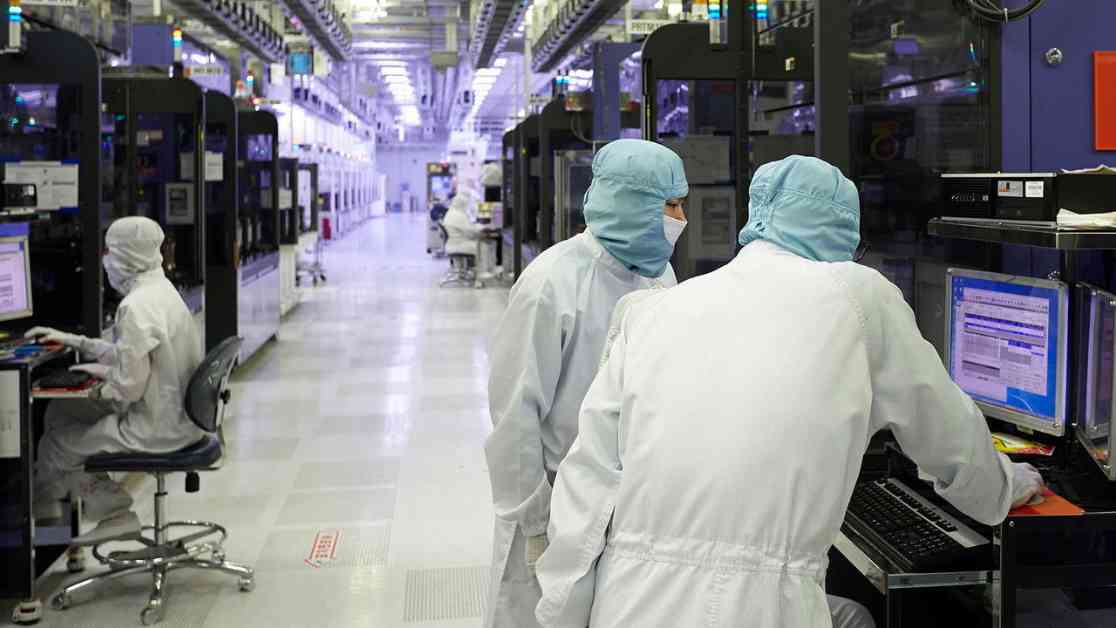AI Performance Impacted by Potential Memory Chip Bottleneck
Artificial intelligence (AI) enthusiasts brace yourselves, as a potential memory chip bottleneck could be looming on the horizon, threatening to disrupt the seamless functioning of AI systems. On October 15th, ASML, a prominent supplier of chipmaking gear, dropped a bombshell when it revealed that its recent quarter’s orders fell short of analysts’ expectations, causing a significant plunge in its shares. Shortly after, on October 17th, TSMC, the world’s largest chip manufacturer, surprised the market with record quarterly profits and an optimistic sales forecast for the year. These contrasting developments have sent shockwaves through the semiconductor industry, leaving investors on edge.
The Unpredictable Terrain of the Semiconductor Industry
Investors in the semiconductor industry are no strangers to volatility, with market fluctuations being the norm rather than the exception. However, the recent rollercoaster ride has left many scratching their heads. ASML’s disappointing performance has raised concerns about the stability of the industry, while TSMC’s stellar results have injected a sense of optimism. The delicate balance between supply and demand in the chipmaking sector is being put to the test, with potential repercussions for AI technologies that rely heavily on memory chips.
The Implications for Artificial Intelligence
As AI continues to embed itself in various aspects of our lives, from smart assistants to autonomous vehicles, any disruption in the semiconductor supply chain could have far-reaching consequences. Memory chips play a crucial role in the performance of AI systems, acting as the backbone for storing and processing vast amounts of data. A bottleneck in the production of memory chips could hamper the advancement of AI technologies, slowing down innovation and progress in this rapidly evolving field.
Navigating the Uncertain Future
In the face of this uncertainty, industry experts are closely monitoring the situation, analyzing market trends, and predicting potential outcomes. The coming months will be critical in determining the long-term impact of the current semiconductor landscape on AI performance. Investors, tech enthusiasts, and stakeholders alike are urged to stay informed and prepared for any disruptions that may arise. The interplay between supply chain dynamics and technological advancements is a delicate dance that requires careful navigation to ensure the continued growth and development of AI technologies.
As we navigate these turbulent waters, it is essential to remember that resilience and adaptability are key traits in overcoming challenges. Just as AI systems learn and evolve over time, so too must we be willing to embrace change and innovation in the face of adversity. The future of AI hinges on our ability to address potential bottlenecks and pave the way for a more robust and efficient ecosystem. Let us rise to the occasion and steer the course towards a brighter tomorrow, where AI continues to shape the world in ways we never thought possible.



















